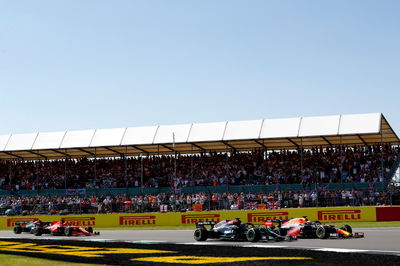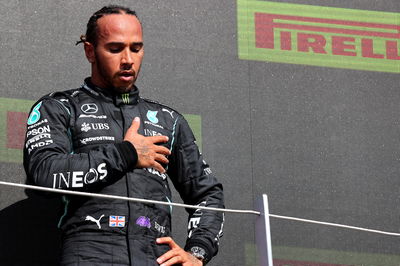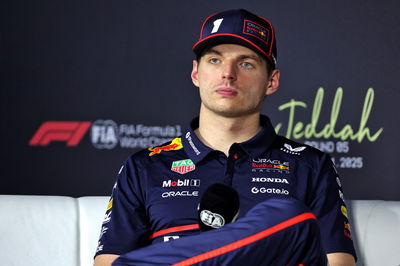Mercedes explains why Hamilton's British GP F1 penalty was “harsh”

Hamilton collided with title rival Verstappen into the fast right-hand corner of Copse, sending the Red Bull driver into the barrier.
The race was red-flagged as a result, allowing Mercedes to repair Hamilton’s car.
The stewards handed him a 10-second time penalty for “predominantly at fault” for the accident, but despite this, Hamilton went on to win his eighth British GP to reduce Verstappen’s lead to just eight points in the drivers’ championship.
The aforementioned FIA document was mentioned by Toto Wolff during his amusing exchanges with race director Michael Masi, where the Mercedes team boss claimed he had emailed Masi but the latter replied saying that he doesn’t check his emails mid-race.
In Mercedes’ recent race debrief YouTube video, Allison explained that there is ‘no obligation to hit the apex’ when going up the inside of another car.
“We were concerned after the incident and prior to the restart to make sure that the stewards had read and were following the FIA’s internal guidance to stewards on the rights and wrongs of overtaking because as far as we are concerned, the manoeuvre that took place, the manoeuvre that Lewis did was absolutely in line with the FIA’s overtaking guide,” Allison said.
“If you are on the inside of the corner, overtaking on the inside of the corner, then the guidance requires that you are substantially alongside. It is not required that you are ahead, it requires that you are substantially alongside as you arrive at the corner. Lewis definitely was substantially alongside, he had his front axle well beyond the midpoint of Verstappen’s car. It requires you are substantially alongside and it requires that you must be able to make the corner.
“By make the corner it means go round the corner and not leave the track or lose control of the car. Those are the things you need to satisfy.If you can go round the corner, if you are substantially alongside the other car then the corner is yours. What that means is not that you have to emerge in the lead, what it means is that you do not have to cede your position, you do not have to back off and the other car has a duty to avoid hitting you.
“So, if you follow the notes that are provided to the FIA stewards and you look frame by frame at what happened with Lewis, he was substantially alongside, he absolutely would have made the corner and indeed did make the corner and therefore there was no need for him to cede any ground.
“So, I did feel that it was harsh to get the penalty. I realise not everyone agrees with that, but I still believe that to be the case.”
Allison insisted that the speed of the corner “makes no difference” when making a verdict.
“I certainly think that whether Copse is a fast corner or a slow corner makes no difference,” Allison added. “This is about what are the rules to do with overtaking and I didn’t see that Lewis did anything wrong with respect to those rules. Indeed, later in the race, Lewis made two further overtakes at Copse using exactly the same guidance and there wasn’t a contact in either of those cases.
“In the end for our outcome it didn’t make any difference but I can understand people who maybe don’t understand there is no obligation on you to hit the apex of the corner, that you don’t have to have your whole car in front of the other car.I can understand that if you are seeing it from that perspective you might think that the car coming from behind has some sort of obligation to make sure that no crashes take place, but if you look at the stewarding document then I think that Lewis did nothing wrong.”












